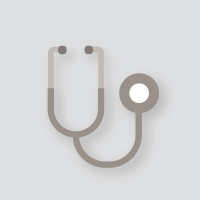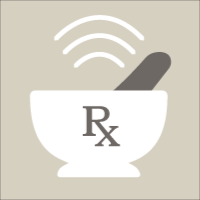
There’s no feature update today, just some fantastic information that shows how simple tech protocols can have an outsized influence on patient health outcomes.
A recent study looked at the effects of using an automated-text messaging program to support primary care patients after being discharged from the hospital (as opposed to phone calls). The findings concluded that the use of an automated text message-based program was associated with 41% lower odds of readmission and the use of acute care resources for up to 30 days after being discharged.
The study used a total of 1885 patients representing 2617 discharges. The patients each received automated check-in text messages from their primary care practice following their discharge for 30 days. This wasn’t simply one-way communication; any issues the patients had following discharge were communicated back to practice staff, and their needs were escalated accordingly.
Since ordinary telephone outreach is costly in terms of time, capital, and human resources, the automated text-messaging program offers a low-cost and scalable method of checking in on patients while reducing the burden on practice staff.
This is music to our ears, as external communication is something that Atlas.md puts a massive focus on. Alongside mass emailing and video calls, scheduled text messages are one of the key communication tools Atlas.md provides to ensure your patients are happy, healthy, and healing at all stages of treatment.
What do you think about the use of automated text messaging and digital tools to augment healthcare protocols? Do you think this is something that could be connected to ICD-10 in the future? And which diagnoses do you think would benefit most from a greater frequency of scheduled messaging?








